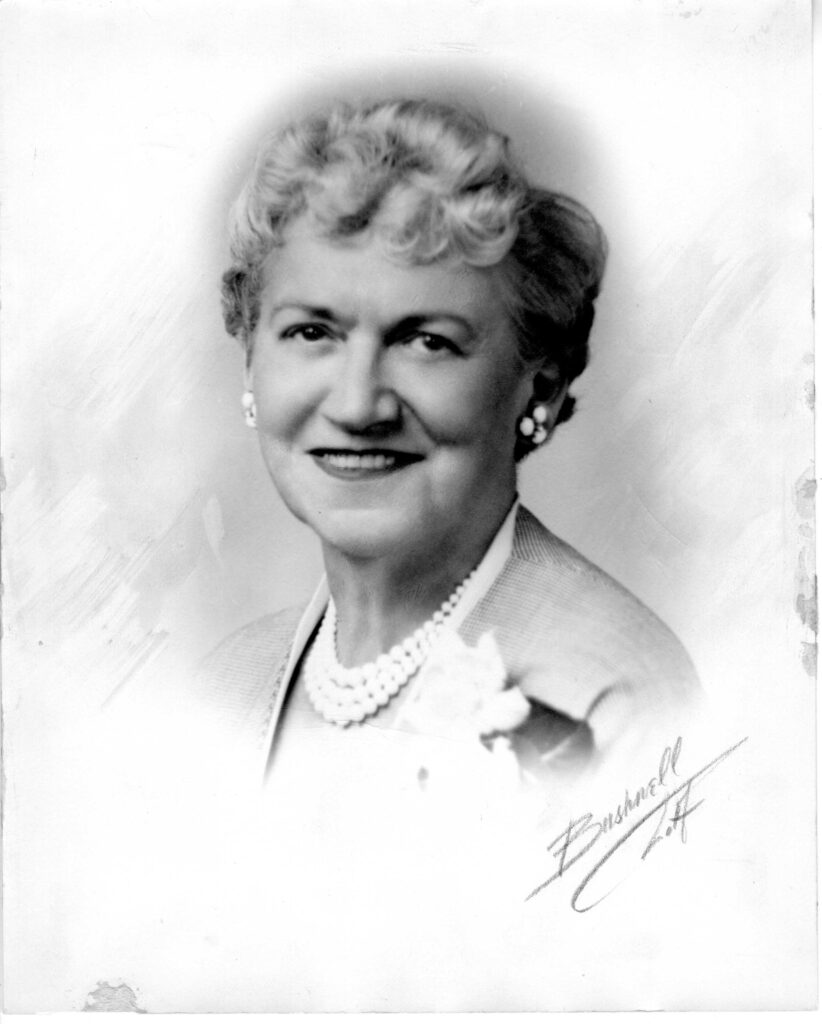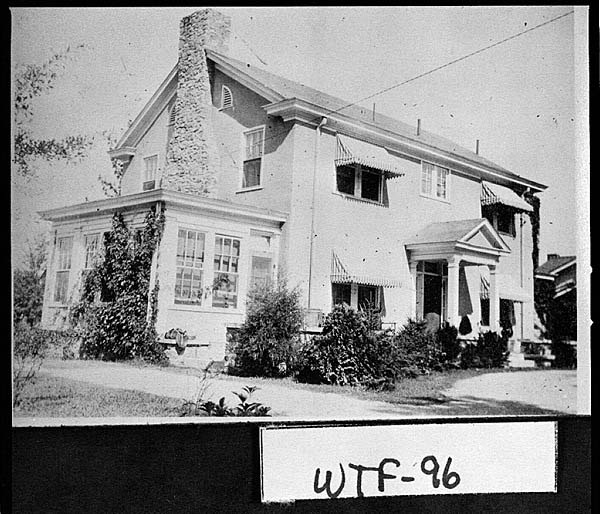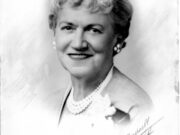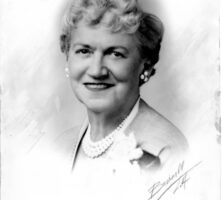Marian McCamy Sims, a north Georgia native, emerged as a minor novelist and short-story writer in the 1930s and 1940s, after moving to North Carolina, where she spent the latter half of her life. She reacted against the trend in southern literature at that time, which emphasized Black and poor-white life, by focusing on middle-class and small-town white life in her writing.

Marian McCamy was born in Dalton on October 16, 1899, to Grace Gardner and Julian McCamy. After graduating from Agnes Scott College in Decatur, she taught history and French at Dalton High School for several years. She began her literary career as a copywriter for an advertising firm; the job ended following her marriage in 1927 to Frank Sims, a respected young lawyer, and their move to Charlotte, North Carolina, shortly thereafter.
In 1931 a short story written by Sims won first prize in a statewide contest sponsored by the Charlotte Writers Club. Over the next twenty years, she published short stories in a variety of magazines, including Country Home, Ladies’ Home Journal, Liberty, McCall’s, and Saturday Evening Post. Much of Sims’s writing was motivated by a desire to provide an antidote to the work of southern writers like Lillian Smith and Erskine Caldwell, who emphasized what Sims called the “lurid” side of southern life. “Too much emphasis was being placed on share-croppers, Negroes, and backward-looking aristocrats,” she said, resulting in “a distorted picture of the region.” In her own fiction, Sims chose to depict her own social class of upper- and upper-middle-class whites.
This emphasis is evident in her seven novels. Morning Star (1934), The World with a Fence (1936), and Call It Freedom (1937) all describe the lives of women dealing with the small-minded conventions of southern life. Memo to Timothy Sheldon (1938) concerns a woman who finds herself in love with two men—her husband, good but nonintellectual, and an English professor she meets by accident. In Storm before Daybreak (1946), a soldier returning home from World War II (1941-45) has to rebuild his life. Reviewers in the New York Times praised Sims’s books, opining that Call It Freedom was “pegs above most novels in its class,” and that, in Memo to Timothy Sheldon, “both characters and problems are treated with notable honesty and intelligence.”

Sims’s best work might be The City on the Hill (1940), set in fictional Medbury, North Carolina, an obvious stand-in for Charlotte. Lawyer Steve Chandler attempts to clean up the corruption he increasingly encounters in the city and to reform the religious and moral bigotry of Medbury. The City on the Hill reflects an important part of Sims’s personal life—she and her husband had become “the leading local rebels” in Charlotte, campaigning against “’Bible belt’ taboos” like Sunday blue laws, which prohibit certain activities, particularly the sale of alcohol, on Sunday. Jonathan Daniels, a North Carolina newspaper editor, wrote that the couple “increasingly dared to confront the old Calvinism and question its moral attitudes and their effect upon the city.”
Beyond Surrender (1942), set in South Carolina after the Civil War (1861-65), was Sims’s one attempt at historical fiction. It is remarkable not so much for its literary merit as for its depiction of Reconstruction. Whereas previous novelists based their Reconstruction settings on the old historical model (which featured vindictive northern Republicans, corrupt carpetbaggers and scalawags, and illiterate African Americans), Sims used the new “revisionist” view: Republicans were not all evil, nor were all southern Democrats chaste; Reconstruction did much good, and could have done even more; and freedpeople often proved to be quite competent in politics and other areas. Sims’s Beyond Surrender is one of the earliest pieces of revisionist fiction, quite different from, for example, Margaret Mitchell’s Gone With the Wind (1936).
In 1949 Sims wrote the words for “Peace: A Sacred Cantata” (music by Lamar Stringfield), which was first performed the following year. She died of cancer in Charlotte on July 9, 1961. Collections of her papers are housed at Dalton State College in Dalton, and at the University of North Carolina at Charlotte.







